How can you tell where Mount Kilimanjaro is? A reasonable question, I thought, considering we had just taken off from Nairobi International Airport at night, in a light twin, heading south and right at the mountain. “That’s the easy bit,” said the young Aussie pilot sitting next to me in the left seat. “Look ahead and it’s where there are no stars.”
It was as high-tech as that. With a clear sky, stars were abundant except for a massive sort-of-triangular black void where Africa’s highest mountain blocked them out. You couldn’t actually see the mountain but at least you knew where it was.
Our destination was a safari lodge in the Serengeti National Park and navigating our way there was pretty simple too. A simple GPS unit sat on the coaming, pre-loaded with waypoints to follow a well-trodden route. We arrived at the lodge at dawn, buzzed the dirt strip at 100ft to make sure it was clear of animals, then set the twin down quickly.
I was mentally exhausted having monitored every instrument and every move of the pilot during the five-hour flight, staring bug-eyed out of the window to try and make sense of where we were. While the flight had been uneventful and smooth, not being able to see much had been terrifying for this simple, recently-qualified private pilot.
That was a few years ago and these days I know that flying at night is much the same as flying IFR, instrument flight rules, and the secret to getting it right is preparation. Prepare well, know what to expect, follow the rules, fly accurately and night flying can be a lot of fun.
The air is often smoother without the thermal bumps generated during the day. Wind often drops off at night, there are fewer aircraft out flying, and conversations with ATC are often less pressured. Navigation is using navaids or GPS rather than eyeball, but night-time views of the sky and ground below can be breathtakingly beautiful.


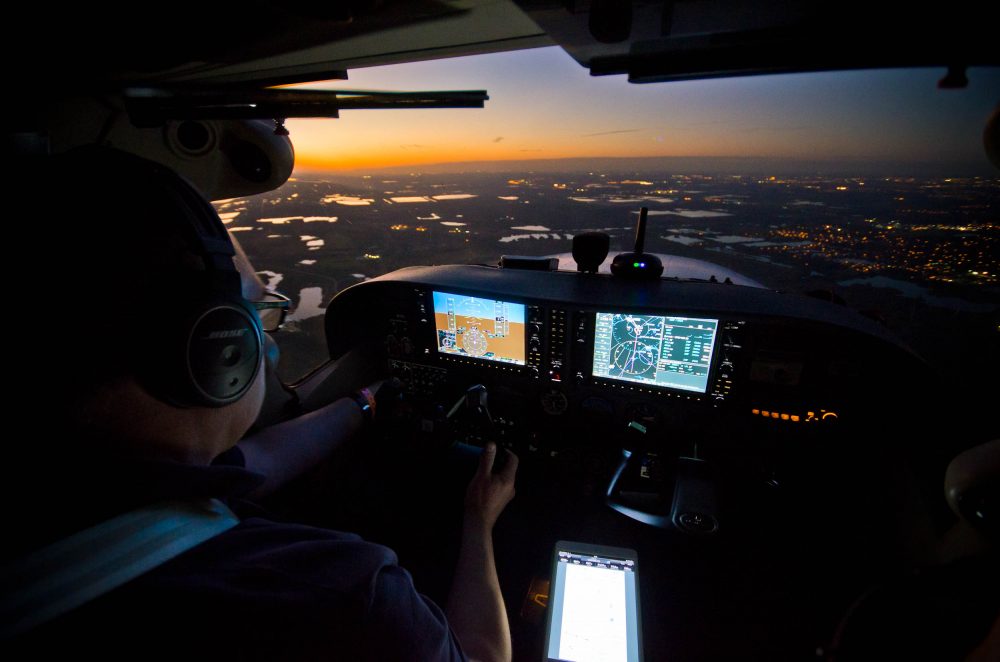
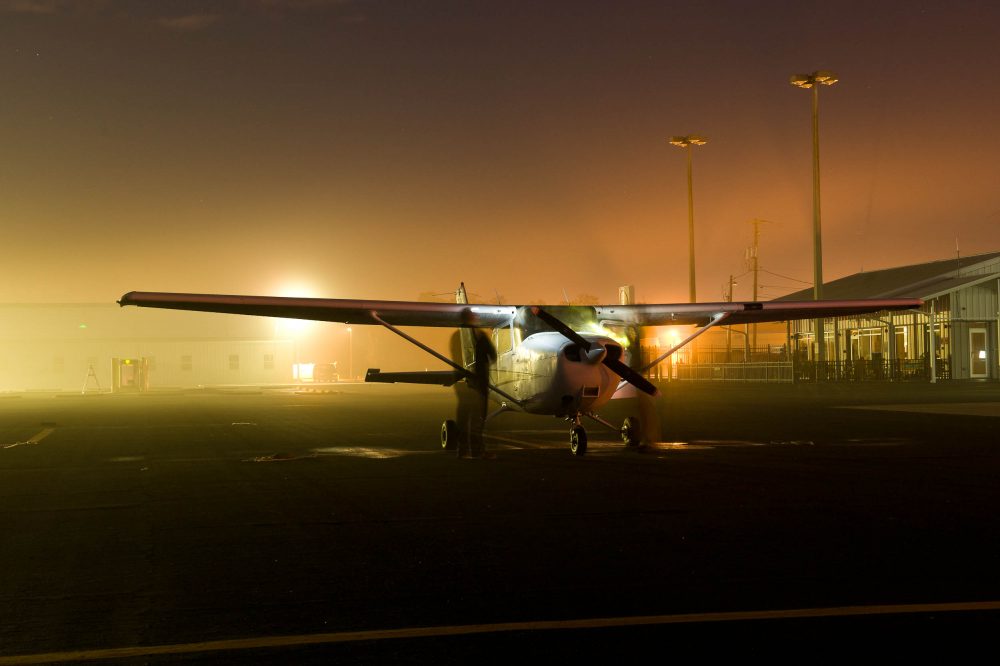
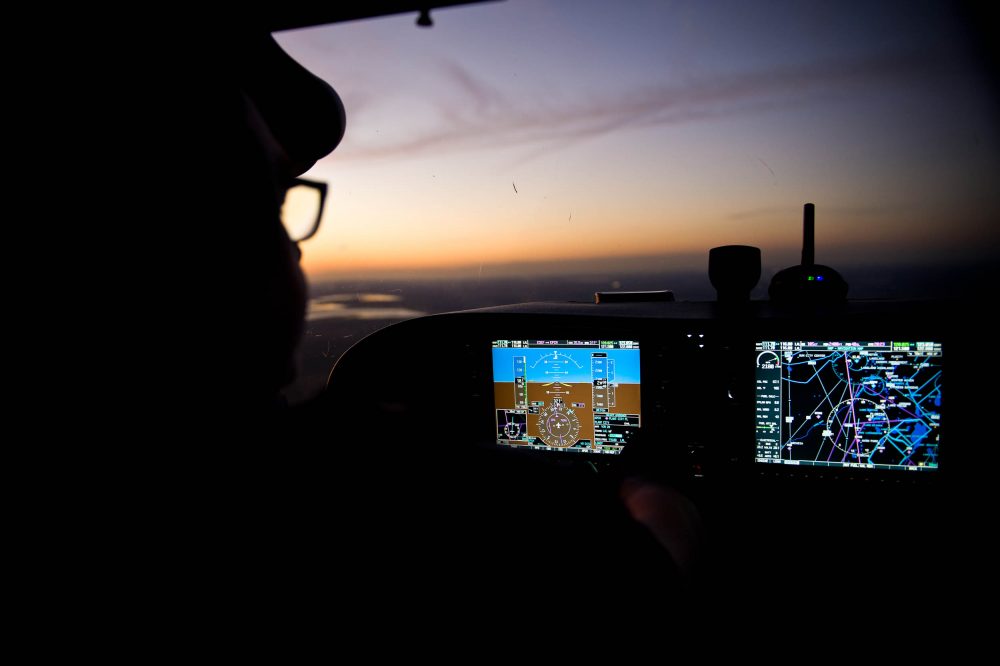
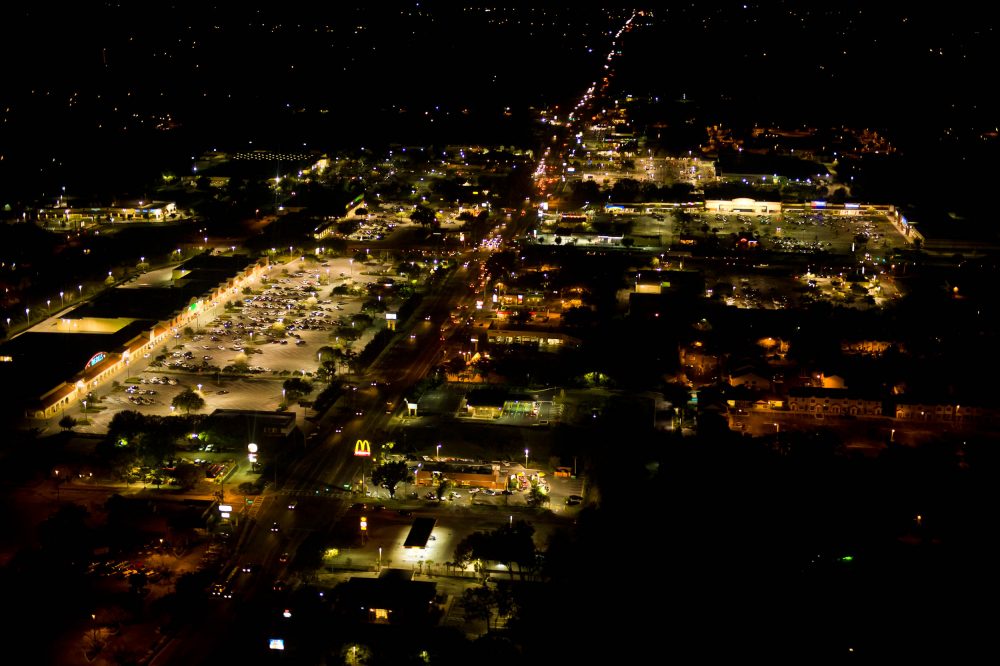
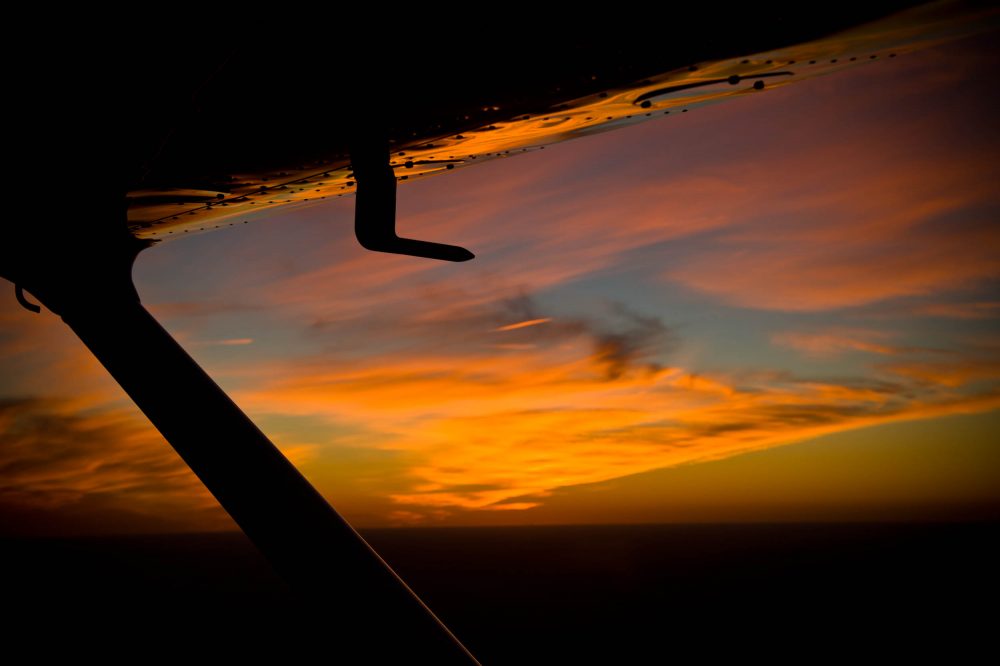
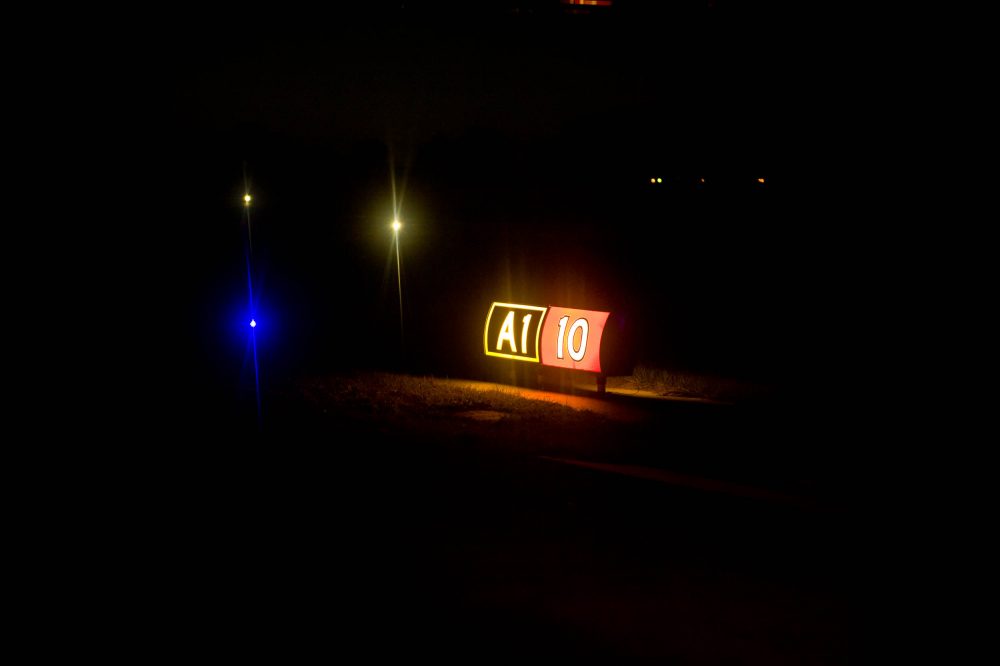




1 comment
Good tips – thanks, start my night rating next week wx permitting!